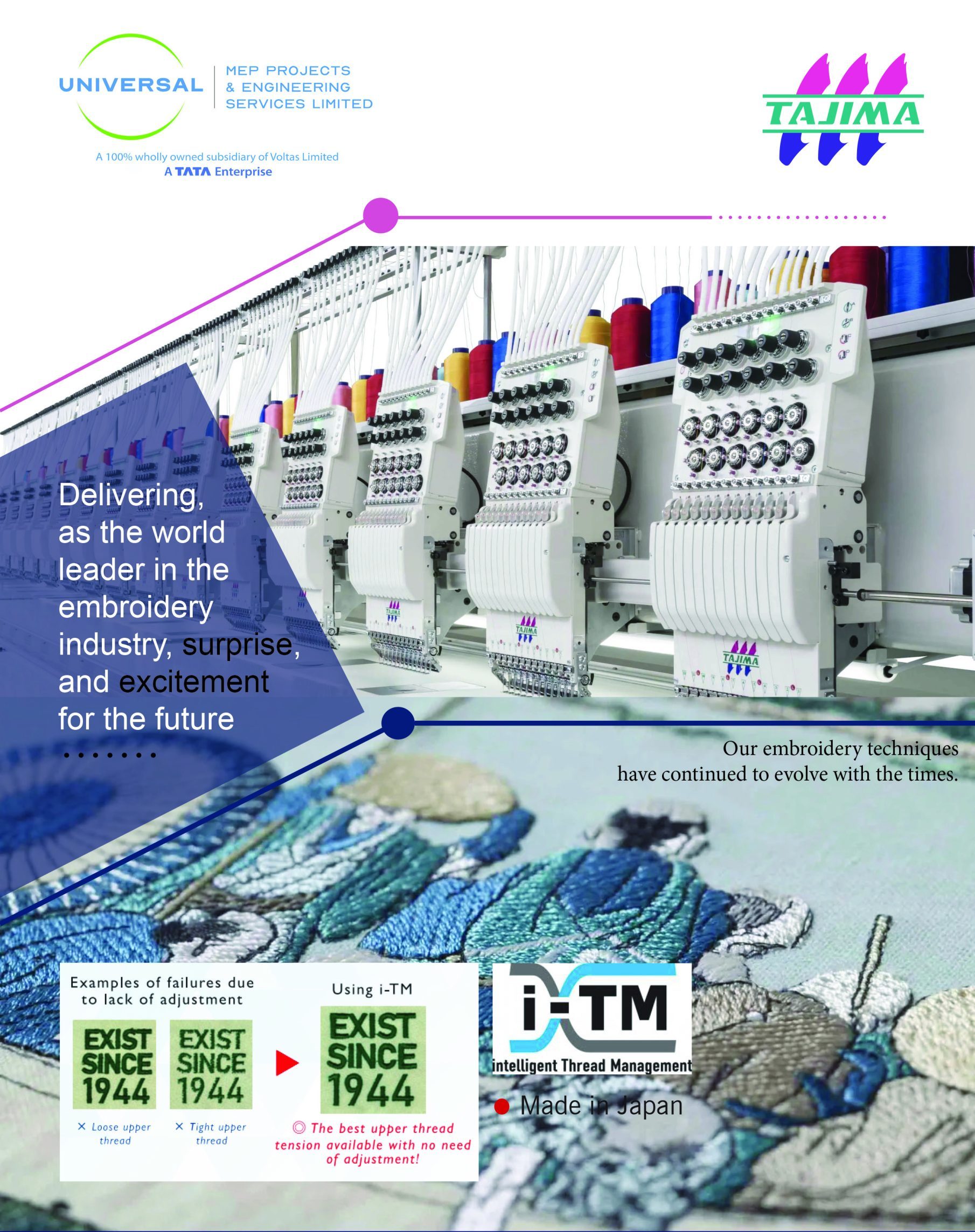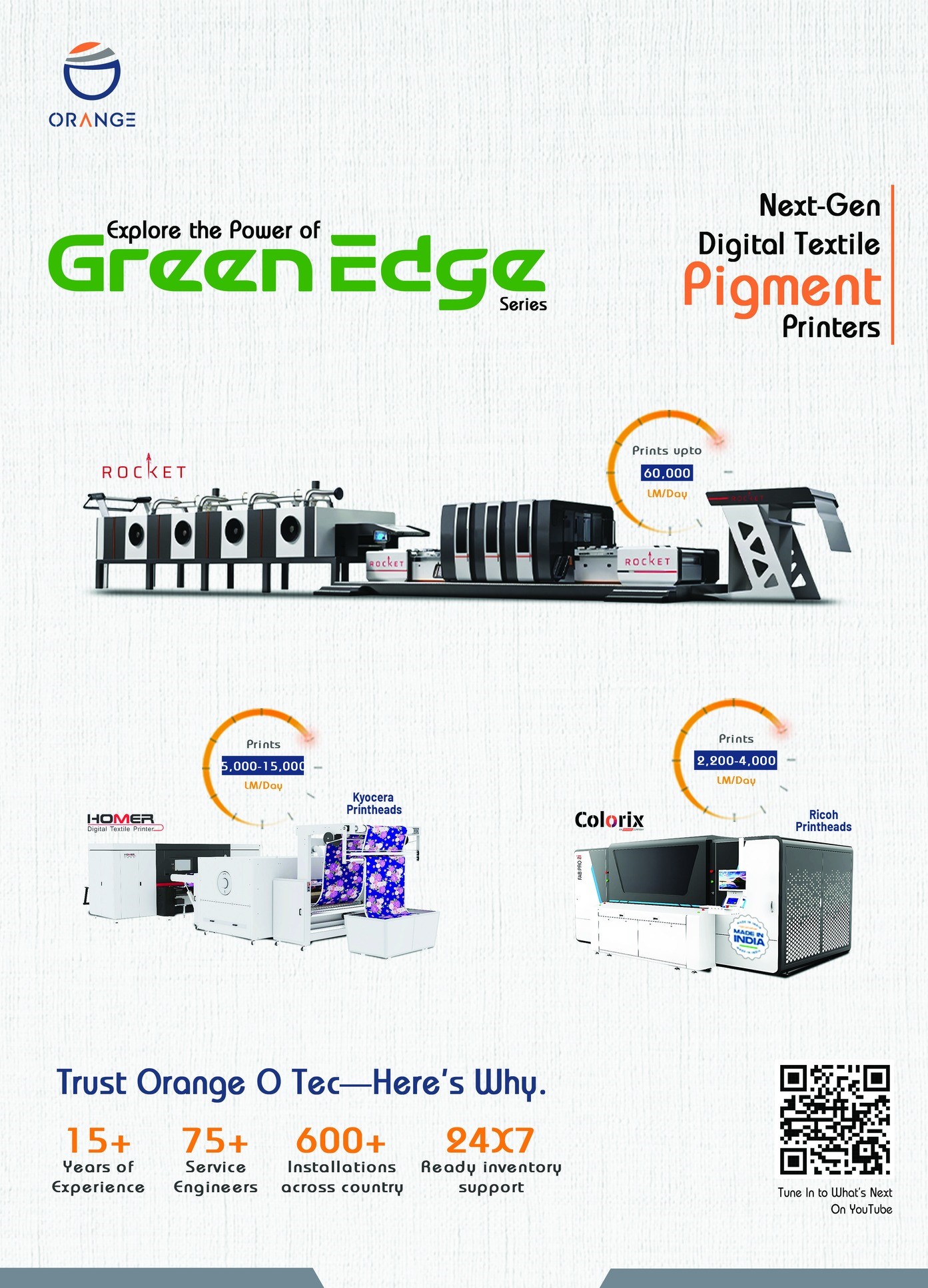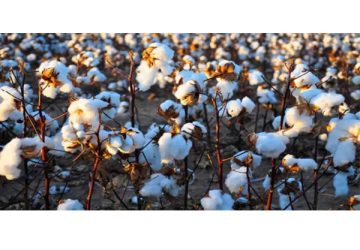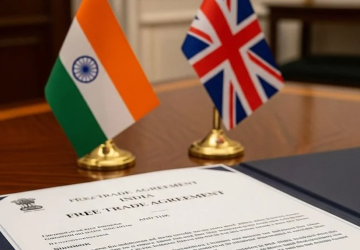The readymade garment industry in India has historically been one of the most important segments of the textile industry in India. According to a report, India’s apparel Index of Industrial Production (IIP) in February 2019 was 171, which was 4 per cent higher than January 2019. The IIP index has continuously grown from a value of 136 in October 2018, indicating growth in apparel manufacturing in the country. The apparel Consumer Price Index (CPI) in March 2019 was 148, which is same for last 5 months, indicating that the prices have remained stagnant.
The apparel exports have declined to majority of the countries among the top 10 markets. However, the exports to the largest market, USA registered 7 per cent growth. The apparel imports in FY 2019 (Apr-Feb) stood at $1,019 mn, which is 47 per cent higher than that in FY 2018 (Apr-Feb). Imports from Bangladesh, the largest apparel exporter to India has increased by 96 per cent in FY 2019 (Apr-Feb) as compared to FY 2018 (Apr-Feb). The analysis of financial fillings for Q3 FY 2019 shows that there is a growth in operating revenue as well as operating profit margins for all the considered fashion brands & retailers.
Meanwhile, knitwear exports from Tirupur are poised to surpass the Rs. 30,000-cr mark in the current financial year 2019-20, the Tirupur Exporters’ Association has said. In 2018-19, exports from the knitwear hub are estimated to have grown by 8.3 per cent to Rs. 26,000 cr from Rs. 24,000 cr in the previous fiscal. Though the annual average export growth of 7 per cent was recorded in last year, in the last six months, the average export growth was significant at about 31.15 per cent over the corresponding period in 2017-18.
After struggling for two years, Tirupur exports have resumed back to the growth trajectory. With the continuance of positive growth trend coupled with the recent increase in RoSCTL rate and formation of stable Government, Tirupur exports is expected to cross RS. 30,000 cr mark in 2019-20. Besides, in 2018-19, India’s readymade garment exports stood at Rs. 1,12,715cr against Rs. 1,07,679 cr in 2017-18, registering a 4.7 per cent growth, according to data from the Ministry of Commerce and Industry.
Further, Union Ministry of Textiles has amended hank yarn packing provisions decreasing the proportion of packing yarn for civil consumption in hank form from the previous 40 per cent to 30 per cent in each quarterly period. The new provision would come into effect retrospectively from January-March 2019 quarter. This will help the spinners bring down the cost and improve their competitiveness, thereby enabling ease of doing business for the entire cotton textile industry.

















